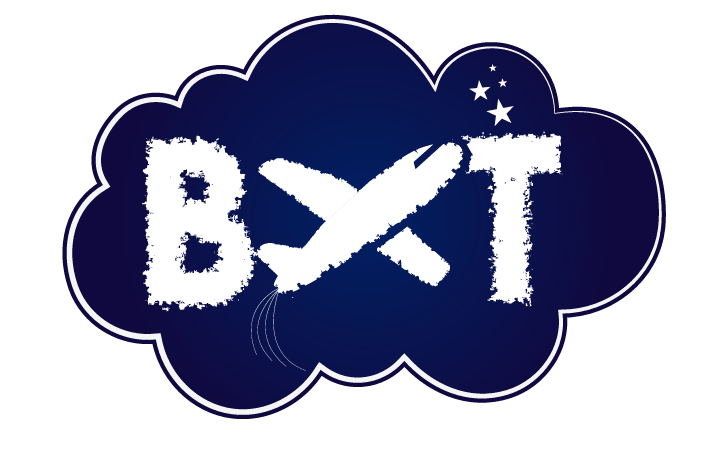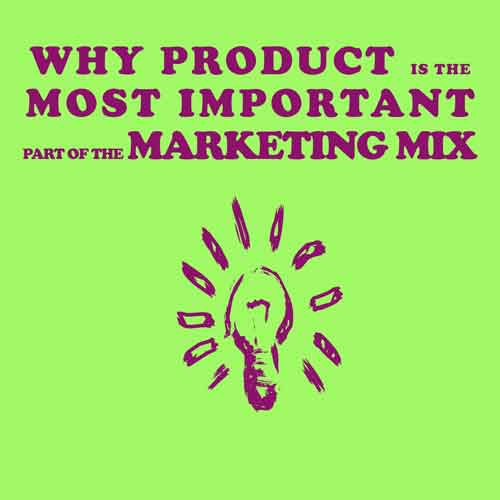Now, more than ever, the world is awash with hundreds of different products to choose from. As consumers, we’re spoilt for choice. But in this day and age, the best marketing in the world can’t mask a bad product. The is why the product choices we make have drastic marketing implications for the business.
Every new product carries advertising messages attempting to convince us why their products represents the best purchase decision. While spoilt for choice, we also face the burden of a never-ending supply of advertising campaigns pushing products at our overloading brain. These campaigns become more intrusive every day with messages invading our social media feeds, web browsing, viewing habits, and more. Advertisements are everywhere, escape is near impossible.
But peaking behind the veil of these promotional messages, we see a product that most often we do not need or want. Minus the really remarkable product. Marketers can do all the promotion and advertising they want, but if the product isn’t remarkable and does not satisfy a need or a want in a unique way, then as consumers we will mentally ignore it.
I believe this highlights why the product is the most important aspect of the four P’s of marketing - Product, Price, Place, and Promotion. Without a product, you cannot implement any one of the other three elements of the marketing mix. And great products are easy to market as they serve both a need and want.
What is a Product
Let’s start by defining what exactly encompasses a product. It’s reasonable to surmise that a product is anything tangible or intangible which in most cases a consumer is willing to pay money for. The product brings us back to the basics of marketing. It’s a company’s revenue stream and lifeblood. The product satisfies a consumer’s need and/or want.
Products come in numerous forms. Convenience products are popular allowing consumers to make quick purchase decisions (most often habitual purchases). These products normally satisfy our basic needs. An example is milk - a simple product which consumers aren’t overly fussy about. With these kinds of products brand name and recognition can make the difference between success and failure.
Other products entail a high purchase decision such as a new car. People spend more time researching and weighing up their options when the product is more expensive or risky. The third type of product is speciality products which appeal to a certain market segment e.g protein bars for gym enthusiasts.
Your job before developing any product is to decide what type of product you’re creating. What need does it serve? Is there demand – does it cater to a want or desire? Is there a gap in the market for this product? I would suggest a speciality product type for most new SME’s due to the competitive environment. This type of product allows you to cultivate a niche market serving a small but impassioned customer base. These customers then spread the word about your brand as they become passionate brand advocates. This culminates in the product becoming trendy and finally we witness mass market exposure.
Creating a product
Before you diverge into the world of entrepreneurship, you must decide what need your product satisfies which isn’t currently being met in the overcrowded marketplace. How will your product be different? Any product worth developing needs to provide additional benefits other than basic function in order to stand out.
Additional benefits may be intangible. This is where marketing and storytelling come into the equation. Although the product is the most important part of the marketing function, it needs other elements intertwined in order to succeed, such as promotion, place, and price. E.g Starbucks make coffee, but when consumers go to Starbucks they’re not just buying a cup of coffee. They’re buying all the additional benefits that come with it such as perceived high-quality taste and a relaxing atmosphere. Other additional benefits come in the form of after-sales service, warranties, free delivery, installation etc.
Marketing a Product
For your product to be successful, market research needs to be conducted in order to see if there’s a market for the product. Victorious products are designed to meet the consumer’s needs. Researching the market will help you find these unfilled needs. This is a good starting point to find the target audience and their demographics. If you find only a very small market segment for your product, that doesn’t mean you should abandon the project. Instead, tailoring your message might be the best idea and promoting to compliment these peoples’ world views. Aligning brand personality to match these people’s self image is always a good marketing strategy.
If your product is different and innovative then you’ll attract early-adopters in the growth stage of the product cycle. An example of early-adopters, spreading products like wildfire, is seen in the book on Consumer Behaviour by Vishwajeet Prasad. In this book, he illustrates how rap music originally spread swiftly among urban youths because of the low costs of recordings. Later, it became popular among different segments spreading to the mass market worldwide. The same can be seen in herbal teas. When green tea and decaffeinated teas first launched there wasn’t a large market for the product. Ordinary tea kept most people happy. By identifying one small segment looking for something different and targeting them, another profitable segment emerged.
In Conclusion
The next time you are creating an advertisement for one of your product lines, you should take a helicopter view of your product and look deep into the product core. Is your product really satisfying an underlying need or desire? Is your product remarkable and if so what makes it remarkable?
What are the unique selling points? What can your product do better than competitors? It’s these questions, as marketers we need to ask ourselves. Without a really good product, all the promotion and price changes in the world won’t make your product successful.

